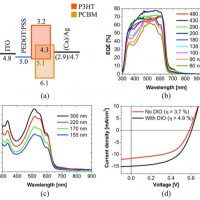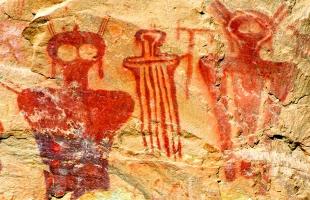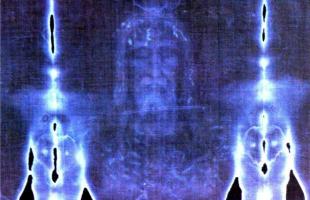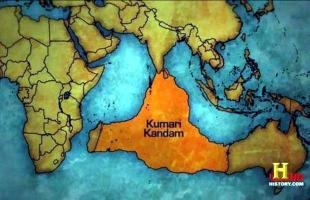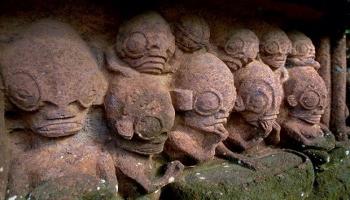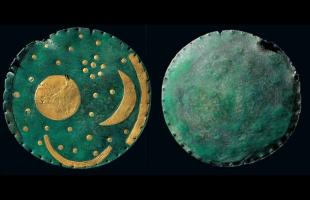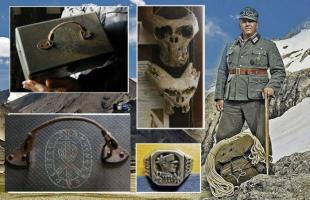The funerary complex of Sekhemkhet
In the 1950s, Egyptian archaeologist Zakaria Goneim (who later committed suicide at the height of his success), while working in the Unis complex at Saqqara, noticed a rectangular track, which outlined itself to the southwest in the desert. Thus came to light a perimeter wall of white limestone, with niches and false doors, similar to that of Djoser's complex, inside a rectangle about 500 by 185 meters. On the north wall, Imothep's name was traced in red, suggesting that he designed this construction as well. In the center of the perimeter is a square structure, rising no more than six to seven meters.
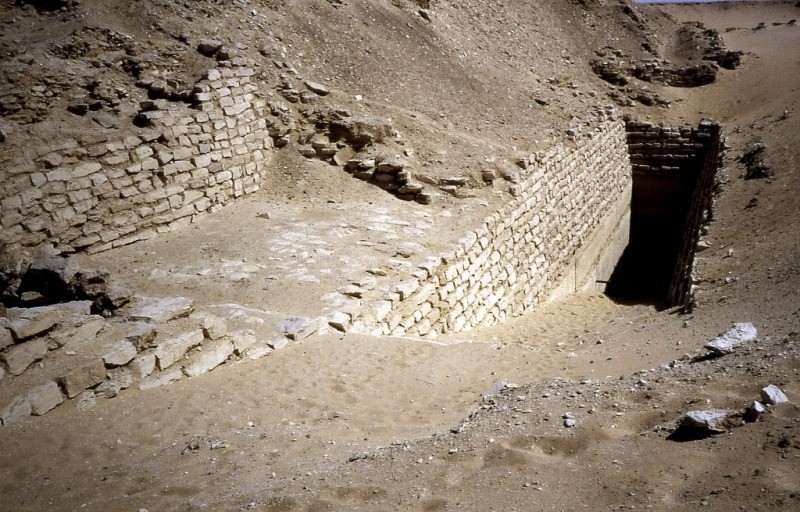
This is the base of a stepped pyramid which, however, from its size can be assumed to have been designed to have as many as seven levels and thus to be taller than the Djoser's pyramid.
A walled conduit was then discovered on the north side of the perimeter, leading 30 meters down to the center of the pyramid. In this corridor, wall inscriptions with the name Sekhemkhet allow a safe attribution of the complex to this Pharaoh.
Third King of the Third Dynasty, Sekhemkhet Nebty Djoser-ti succeeded Djoser but reigned for only a few years (6 or 10), which justifies the reason for the interruption of the work. At the end of the descending shaft, a thick wall, found inviolate, leads to a burial chamber. Before this, other corridors open up and surround it. The chamber is freshly hewn out of rock and bears no inscriptions. It contains a massive alabaster tomb (still in situ), which, however, turned out to be empty, suggesting more of a cenotaph than a real burial. Also found was a small chest containing some gold objects: bracelets and other small jewellery. In the corridors around the still sealed chamber, vases with the Pharaoh's name, marble tableware and even papyri in demotic, from a later period, were later found.
In 1963, after Goneim's demise, Jean-Philippe Lauer continued the excavations, in search of Sekhemkhet's true burial. Under a ruined màstaba in the southern part of the compound, he found a corridor at the bottom of a deep shaft and a wooden coffin containing the bones of a child about 2 years old, more 3rd Dynasty pottery and some fragments of gold leaf. The grave robbers from there had already been through!
So far the chronicle goes.
What puzzles me is that, in this pyramid, there are no elements that would suggest superfetation, which would give reason to the theories of academic Egyptology. However, the clues that tell us of reconstructions on a much older monument are too many to be overlooked. From the body of the Sphinx to the walls of the temple downstream, from Bauval's theory to the pollen examination that students are about to repeat on other monuments beyond the pyramids of Giza, to what, for me, is the most conclusive example: the pyramid of Meidum. Here, the outer covering collapsed revealing the structure, perfectly defined in its architecture, that was inside.
I am neither an archaeologist nor an Egyptologist but, based on common sense, it seems to me that the whole structure is far from clear and defined. Additionally, even the Egyptologists are at odds with each other and we do not know who to believe.












